-
About
- About Listly
- Community & Support
- Howto
- Chrome Extension
- Bookmarklet
- WordPress Plugin
- Listly Premium
- Privacy
- Terms
- DMCA Copyright
- © 2010-2025 Boomy Labs

 Zoe Badcock
Zoe Badcock
Listly by Zoe Badcock
Here is a compilation of my favourite Hans Rosling talks
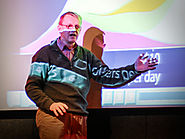
You've never seen data presented like this. With the drama and urgency of a sportscaster, statistics guru Hans Rosling debunks myths about the so-called "developing world."
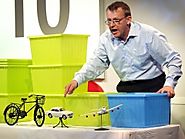
The world's population will grow to 9 billion over the next 50 years -- and only by raising the living standards of the poorest can we check population growth. This is the paradoxical answer that Hans Rosling unveils at TED@Cannes using colorful new data display technology (you'll see).

How much do you know about the world? Hans Rosling, with his famous charts of global population, health and income data (and an extra-extra-long pointer), demonstrates that you have a high statistical chance of being quite wrong about what you think you know.
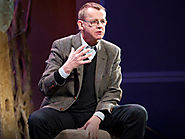
What was the greatest invention of the industrial revolution? Hans Rosling makes the case for the washing machine. With newly designed graphics from Gapminder, Rosling shows us the magic that pops up when economic growth and electricity turn a boring wash day into an intellectual day of reading.

Hans Rosling had a question: Do some religions have a higher birth rate than others -- and how does this affect global population growth? Speaking at the TEDxSummit in Doha, Qatar, he graphs data over time and across religions. With his trademark humor and sharp insight, Hans reaches a surprising conclusion on world fertility rates.

Hans Rosling was a young guest student in India when he first realized that Asia had all the capacities to reclaim its place as the world's dominant economic force. At TEDIndia, he graphs global economic growth since 1858 and predicts the exact date that India and China will outstrip the US.
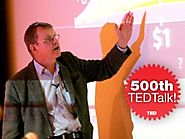
Talking at the US State Department this summer, Hans Rosling uses his fascinating data-bubble software to burst myths about the developing world. Look for new analysis on China and the post-bailout world, mixed with classic data shows.
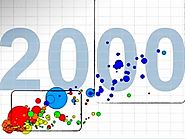
Hans Rosling reframes 10 years of UN data with his spectacular visuals, lighting up an astonishing -- and under-reported -- piece of front-page good news: We're winning the war against child death. Along the way, he debunks one flawed approach to stats that blots out such vital stories.
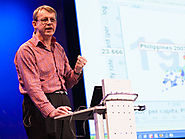
Researcher Hans Rosling uses his cool data tools to show how countries are pulling themselves out of poverty. He demos Dollar Street, comparing households of varying income levels worldwide. Then he does something really amazing.

Hans Rosling unveils data visuals that untangle the complex risk factors of one of the world's deadliest (and most misunderstood) diseases: HIV. By following the data, he suggests a surprising key to ending the epidemic.
